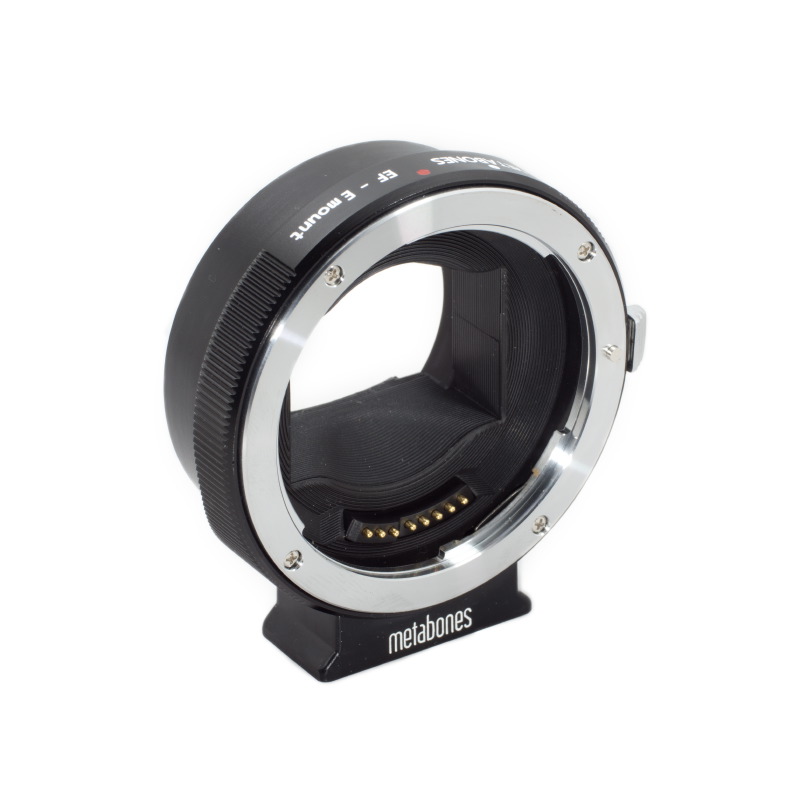Blog
Sony A7R Preview and Introduction
16/11/13
We have been patiently waiting for a high megapixel offering from Canon for a couple of years now. Although the 1dX is a tour de force, and is brilliant for most purposes, one area where we thought it could do with a boost is in a higher pixel sensor. This would obviously come at the price of speed (fps), and the 1dX really has no peer for sport and wildlife images. For landscapes, our “bread and butter”, the dynamic range of the 1dx is brilliant, but we have found ourselves using third party software (onOne – Perfect Resize) to ensure the best quality enlargements when printing images to over a metre or more in dimension. Although this works well, having a larger megapixel sensor to provide a larger native image would be a better solution.
For landscape images, speed (fps) and autofocus have no real relevance. We have looked longingly at the Nikon D800E and its 36.3 megapixel sensor, which together with the superb Nikkor 14-24 f2.8 lens, have tempted us to switch to Nikon from Canon for landscapes on more than one occasion.
However, with our increasing use of Zeiss lens for landscapes (both the Zeiss Distagon 15mm f2.8 and 21mm f2.8), we have found an equivalent or better solution than the Nikkor 14-24. I would agree with the conclusion that the Zeiss 15mm f2.8 is the best wide angle landscape lens available:

The large megapixel sensor for Canon however has remained elusive, and when released would probably be significantly more costly than the 1dX. Canon Rumours - Large Megapixel Sensor
However, we think that a solution may have come from Sony in its release of the new A7R.

The A7R features the same 36.3 megapixel as the D800E, and like the Nikon comes without an optical low-pass filter, allowing for sharper images. It is a mirrorless design and is thus lighter and less expensive than the D800E.
How about lens? It does have its own suite of E-mount lens, including excellent offerings from Zeiss (35mm f2.8, 24-70mm f4). However the clincher for us is the ability to use our existing Canon and Zeiss lens with an appropriate adaptor:

Although autofocus with Canon lens such as the 16-35mm f2.8 may be slower and erratic with the adaptor, it is not relevant for landscapes, and the Zeiss lens are manual focus anyway. There should be no degradation in the image quality with the adaptor.
Preliminary reports suggest that the A7R matches or exceeds the D800E for image quality. No surprise really as it is the same sensor. Sony A7R Camera Labs review
We have pre-ordered the A7R, the EF lens adaptor and the 35mm f2.8 Zeiss E-mount lens. Hopefully we will be able to give our own verdict in the next few weeks.
At best, we will be using the A7R for our landscape images and the 1dX for sport and wildlife images. At worse, it will be invaluable as a compact full frame back up body (at one third the price of any future Canon offering), as well as being a great second camera for street and walk-around photography. Time to finally sell our 1d4, which has served us well as our backup for the last 18 months.

Comments (click to expand)